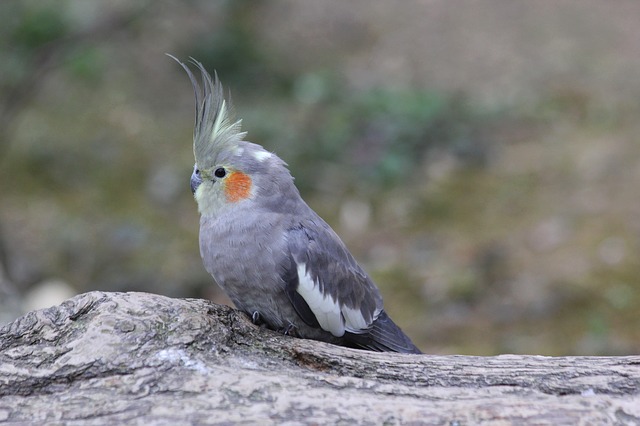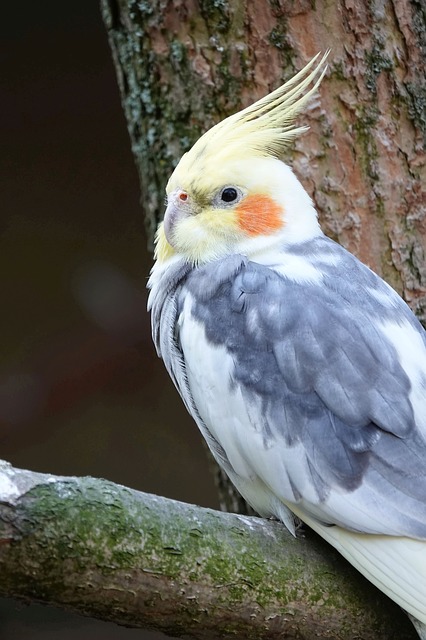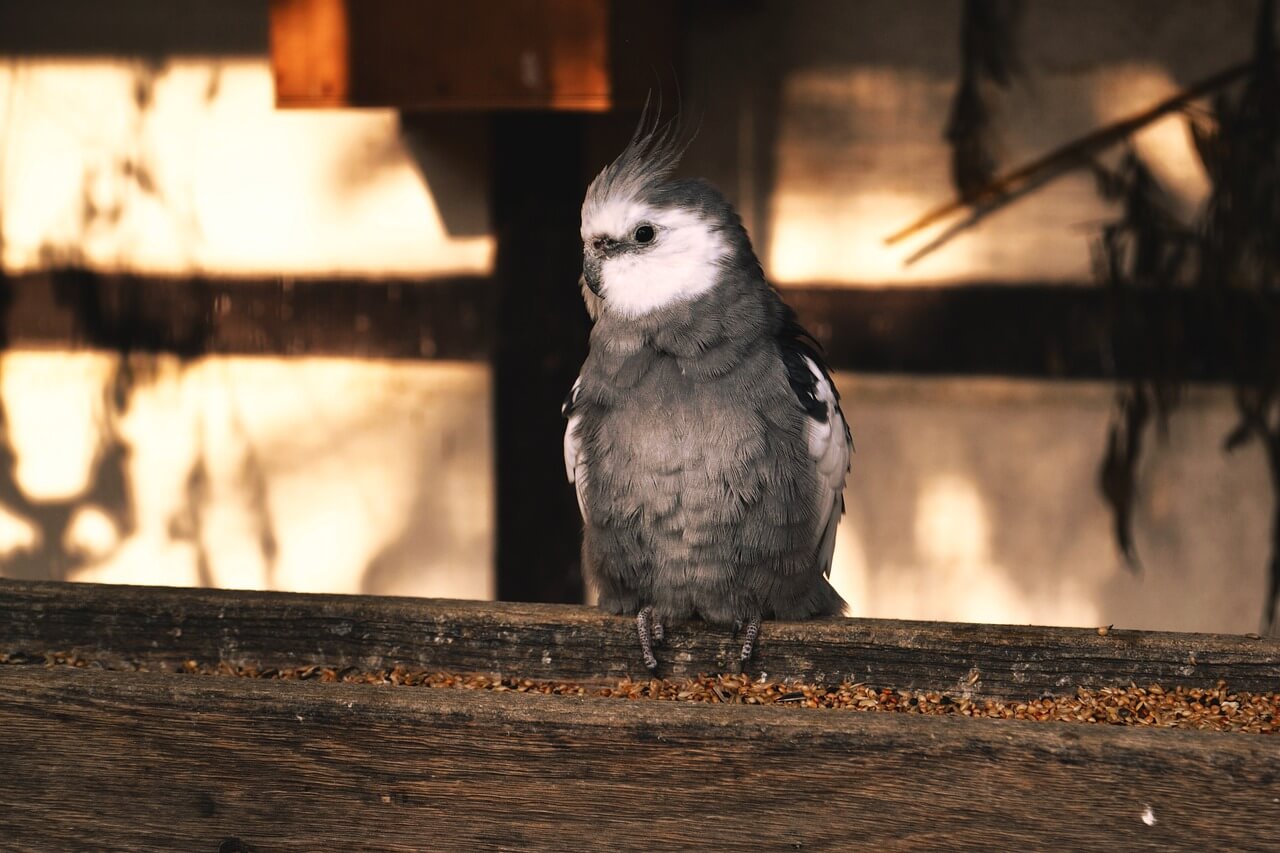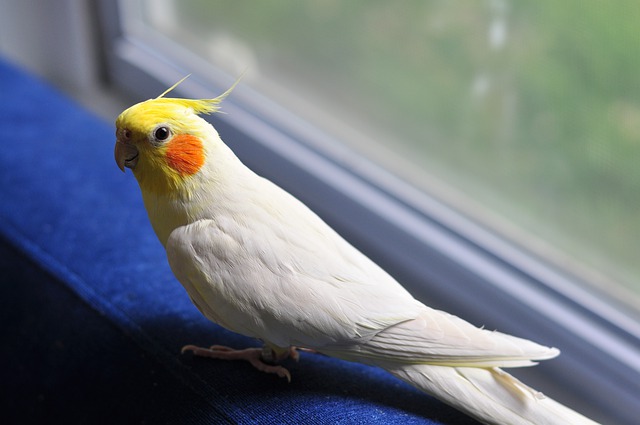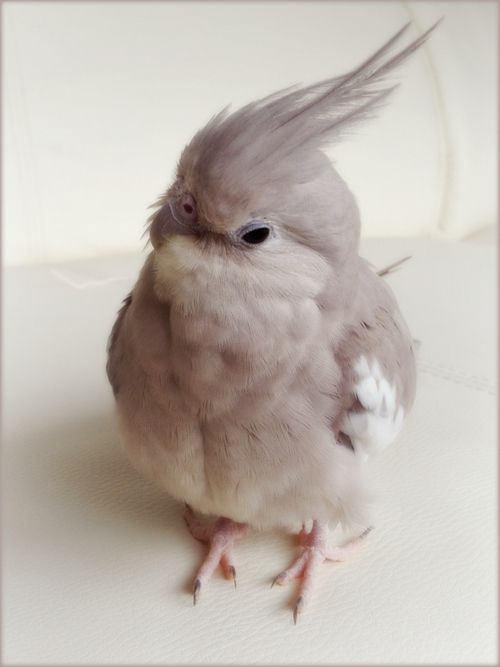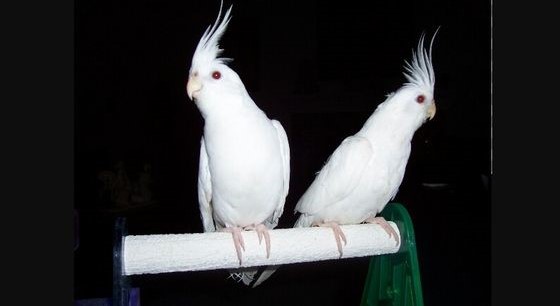
Variations
Cockatiels are psittaformes (parrots) native to Australia.
These avians have the intellect of a two year old human
child at adulthood! Funny, quirky, intelligent and full of character!
They make for perfect companions, especially with their long lifespans,
they can live up to 35 years! Cockatiels can come in quite the variety of colours
and patterns! In this page, we will explore the following variations:
Grey | Pied | Whiteface | Lutino | Cinnamon | Pearl | Albino
